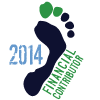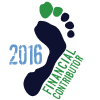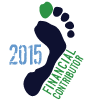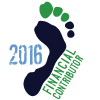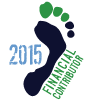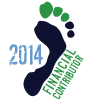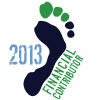I know there are different schools of thought (on just about everything) but I'm just curious why this approach made more sense to you, as opposed to the contrary......adding mileage to get to an 8-minute pace ?
Hawkbilly, There are several reasons for why I've adopted this approach. It isn't really based on a school of thought, it's just that a few months ago it occurred to me that I didn't have to follow the standard recreational runner's model of always running the same steady pace and slowly increasing distance over time. That's what I had done in the past, and it had served me well, but an urge to try something different surged so I looked into some elite running training protocols and came up with the hills/fartlek/steady weekly routine. As for the pace-over-distance choice, I made it because:
1.) I seem to have better form the faster I run.
2.) I don't enjoy running supra-10mm paces--I feel like I'm plodding.
3.) I want to avoid repetitive stress injuries, so need to have a lot of variety in my running, and also am hypothesizing that it's better (for me) to run with greater impact forces over fewer steps than repeating lesser impact forces over more steps.
4.) I enjoy having a lot of variety in my running.
5.) I'm capping my runs/workouts at an hour max, so if I run a 10mm pace, six miles is my max distance. If I can run an 8mm pace, then I'll bump up the distance to 7 and a half miles; 7mm pace, then I can do 8 and a half miles, etc. Right now I'm almost able to sustain a 9:30mm pace for an hour. Once I'm comfortable with that I'll work on taking off 10 seconds per mile, then another 10 seconds, and so on. Plus, if you run an hour or less, you never have to worry about carrying water.
6.) I think the Maff method is designed for people who want to improve their performance over longer distances. I just want a good workout, and faster paces seem to provide that. I can sustain a 10mm or 10:30 pace for a fairly long time, but I don't get the same feeling of tired satisfaction at the end of it like I do at slightly faster paces, or after my fartlek or hills runs.
7.) I have more of a sprinter's body than a long distance body (I played safety in football, outfield in baseball, and did best in the 220, 440, and 880 in track the one year I went out), and enjoy having decent upper body strength just as much as having good running legs. If I ever were to become interested in racing, I would probably do 5k or 10k races, not marathons.



